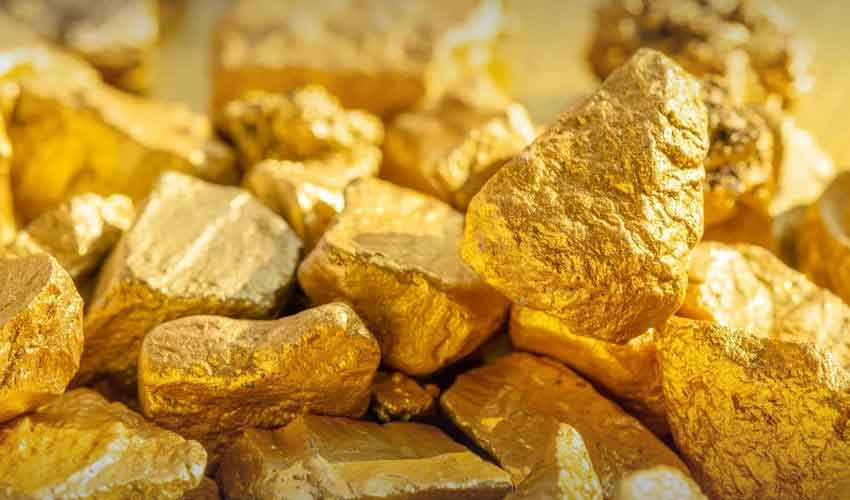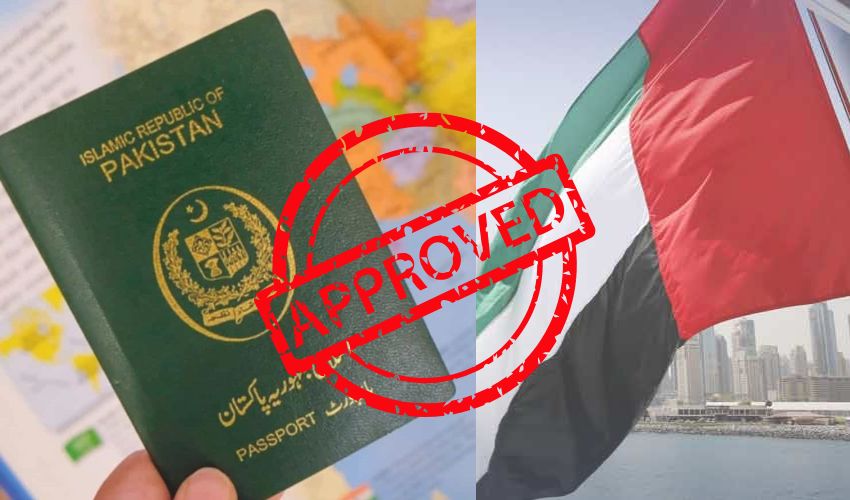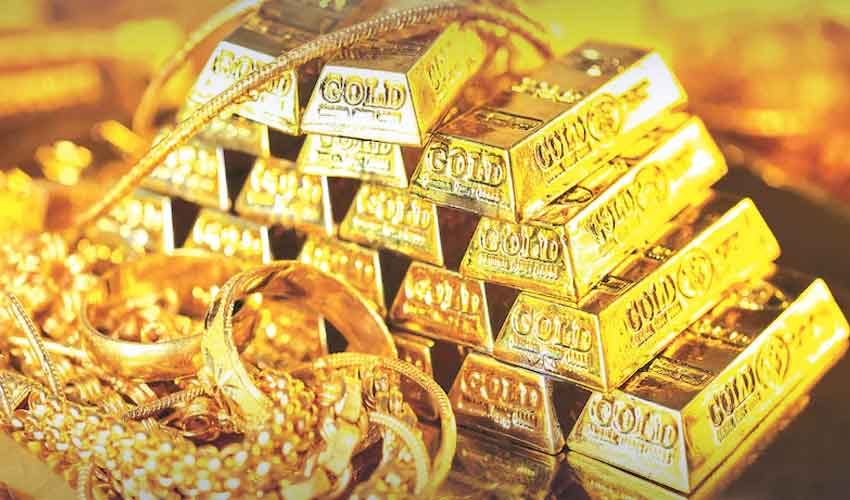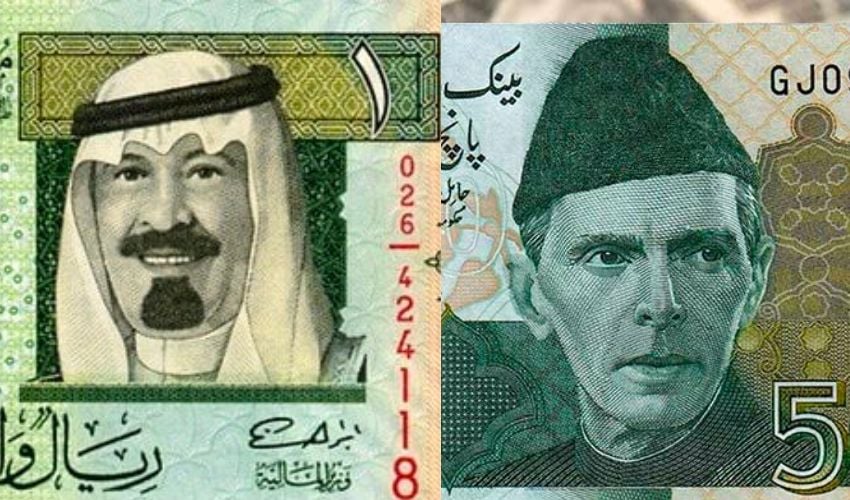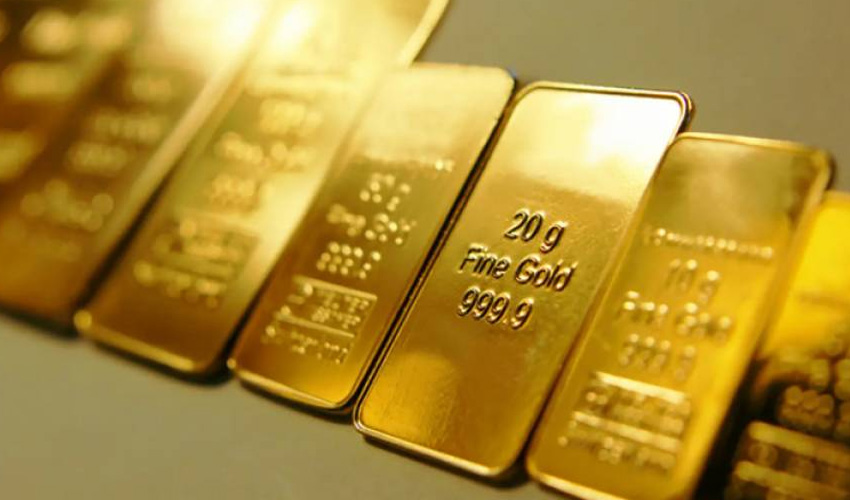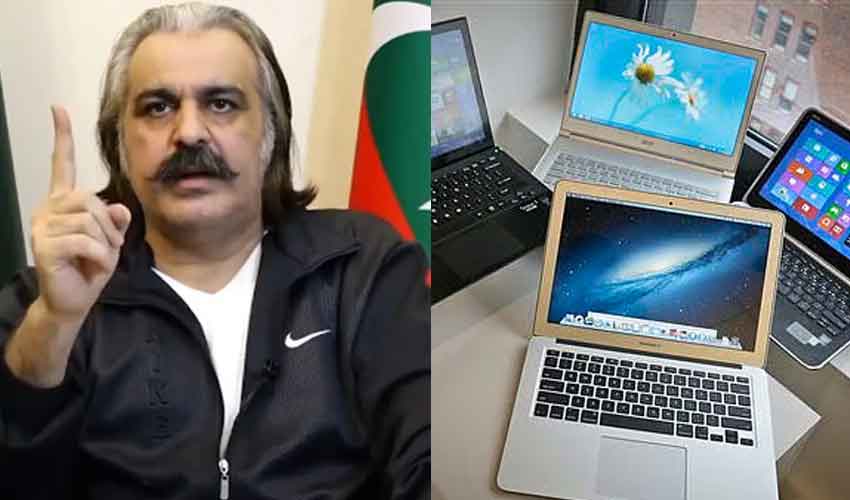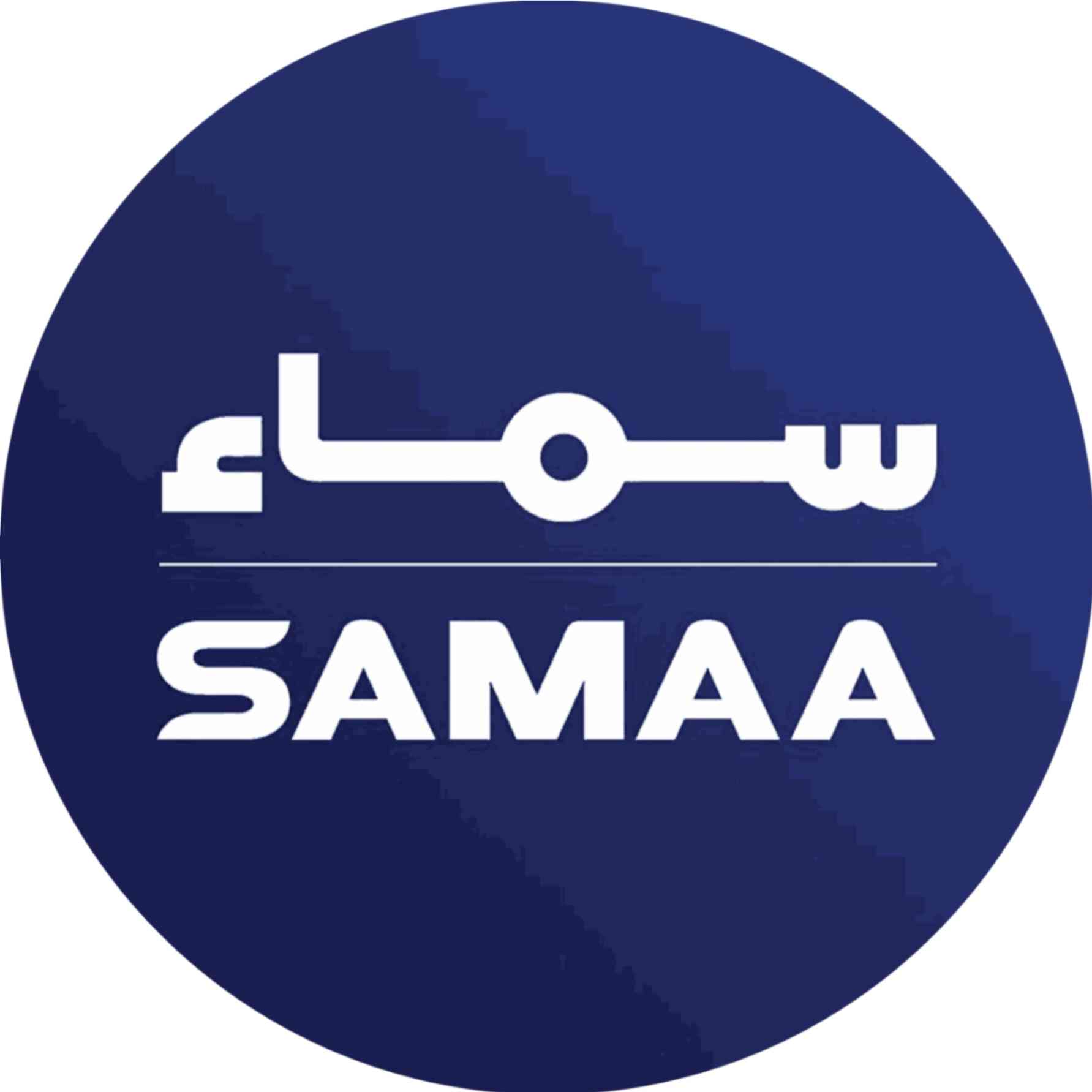Gold prices continue to rise globally, with the price of a per tola in Pakistan surpassing Rs300,000.
According to details, despite the increasing value, the risk of purchasing fake gold has also become a significant concern.
According to international standards, genuine gold is pure and does not contain other metals. Gold is measured in karats (K), and the purest form is 24-karat gold.
However, gold that is not 24-karat may contain other metals, causing the karat level to drop.
To differentiate real gold from fake gold, there are several methods available.
The traditional touchstone test involves rubbing the gold on a stone to see if it discolours or turns black.
Fake gold, when rubbed on a touchstone, will show a dark mark, indicating it is not pure.
Another method is using digital purity machines, which can analyse the metal and tell you its karat level.
These machines are available in jewellery stores or laboratories, where they offer a quick and accurate reading.
These machines can detect whether the item in question is pure gold or mixed with other metals.
In addition to these tests, real gold is known to be relatively soft, and it will melt quickly when subjected to heat, whereas counterfeit gold does not melt easily.
It is important to note that fake gold can sometimes look very similar to real gold, making it difficult for the untrained eye to identify.
Therefore, if you plan to buy gold jewellery, always purchase from reliable retailers who offer certification, including karat marking and authenticity verification.
This will protect you from fraud and ensure you're investing in genuine gold.





